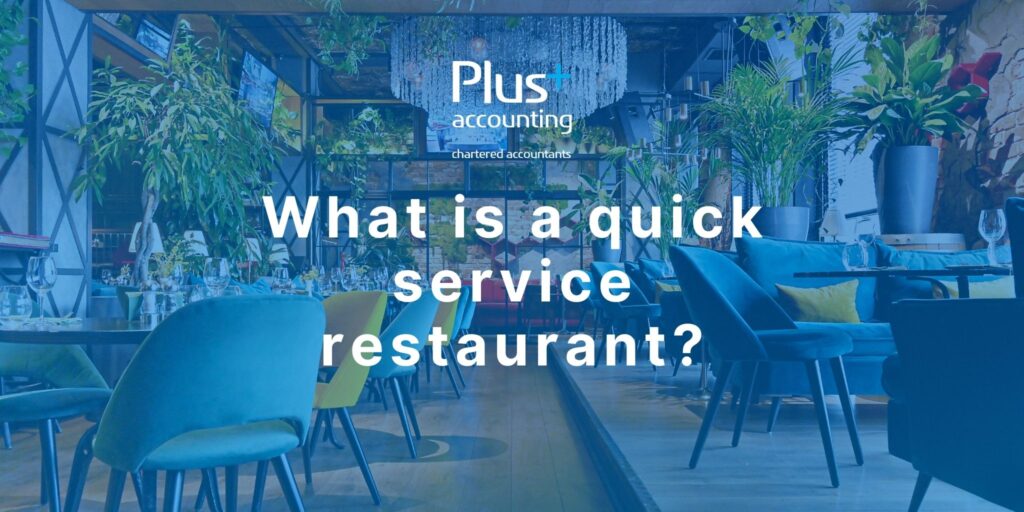What is a Quick Service Restaurant?
A quick service restaurant is one which is focused on providing customers with food as quickly and efficiently as possible. This generally means there is no table service and food is cooked to order in a short space of time. The term ‘quick-serve’ is often synonymous with ‘fast food’ and a majority of quick service restaurants operate as chain restaurants using a franchise model.
Are all QSRs franchised?
A large number of QSRs operate using the franchise model as this allows chains to expand rapidly over large areas with the cost of setting up each individual restaurant shared between franchisee and franchisor. However not all QSRs are franchised and some operate under more traditional business models. Some well-known global chains such as Nando’s operate as company owned restaurants rather than a franchise model. Some chains also operate both, with a number of franchised QSR’s and some franchisor owned QSR’s.
What are some well-known QSRs that are franchised?
Some of the most recognised restaurant brands across the world are quick service restaurants that operate using a franchise model such as McDonalds, Subway, Burger King, KFC, Pizza Hut and Domino’s Pizza.
Are there less well known QSRs?
Over the last few years there have been a growing number of QSRs offering less traditional types of cuisine with the likes of Mucho Burrito, Barburrito and Tortilla offering authentic Mexican cuisine or Wok to Walk or Wok&Go offering Chinese stir-fry cooked to order in front of your eyes in a classic Chinese wok.
How big is the QSR industry?
The UK market for QSRs is a growing industry with revenue of around £20.6bn in 2022 and an average annual growth over the last 5 years of 1.3% despite the challenging economic conditions. The market size of takeaway and fast-food restaurants is expected to increase a further 9% in 2022. Many QSRs tend to be very labour intensive and the industry employs over 300,000 people in the UK.
Statistics from IBIS World
Don’t QSRs just serve unhealthy fast food?
The traditional view of QSRs serving greasy, unhealthy food such as fried chicken and burgers is changing. Most chains have had to adapt to a market that is more conscious than ever about maintaining a healthy lifestyle. This can be seen in the growth of healthier options such as Subway and the way companies like McDonalds have adapted their menu by providing salads and Deli wraps alongside the traditional burger and fries.
Please contact us on 01273 701200 or info@plusaccounting.co.uk for more information on how we can help you and your franchise.
Author: Stanley Fowler, Corporate Services Assistant Manager
Any views or opinions represented in this blog are personal, belong solely to the blog owner and do not represent those of Plus Accounting. All content provided on this blog is for informational purposes only. The owner of this blog makes no representations as to the accuracy or completeness of any information on this site or found by following any link on this site.
Date published: 25 August 2015
Last Updated : 20 May 2022



